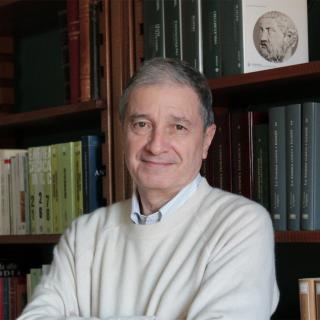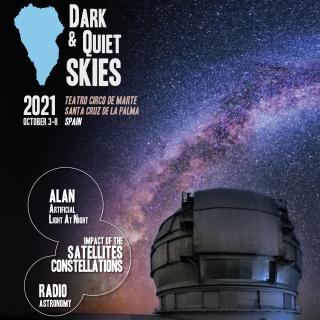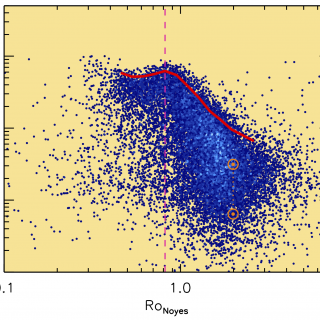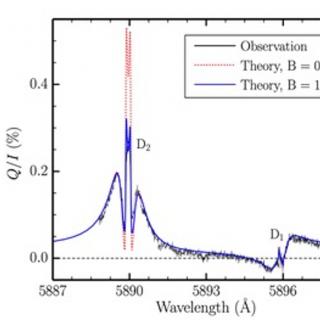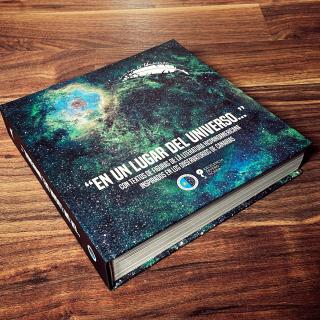
This publication from the Instituto de Astrofísica de Canarias (IAC) contains the literary and graphic contributions of important figures in current literatura in Spanish, who were invited to discover the Canary sky within the project “In a certain place in the Universe….”. As a result of this experience, and inspired by the Universe the authors have produced the texts in this volume, which is a limited edition by the IAC, who has donated it for publicity and sales to the Association of Family members and Carers of those suffering from Alzheimer and other mental afflictions, of Tenerife
Advertised on
